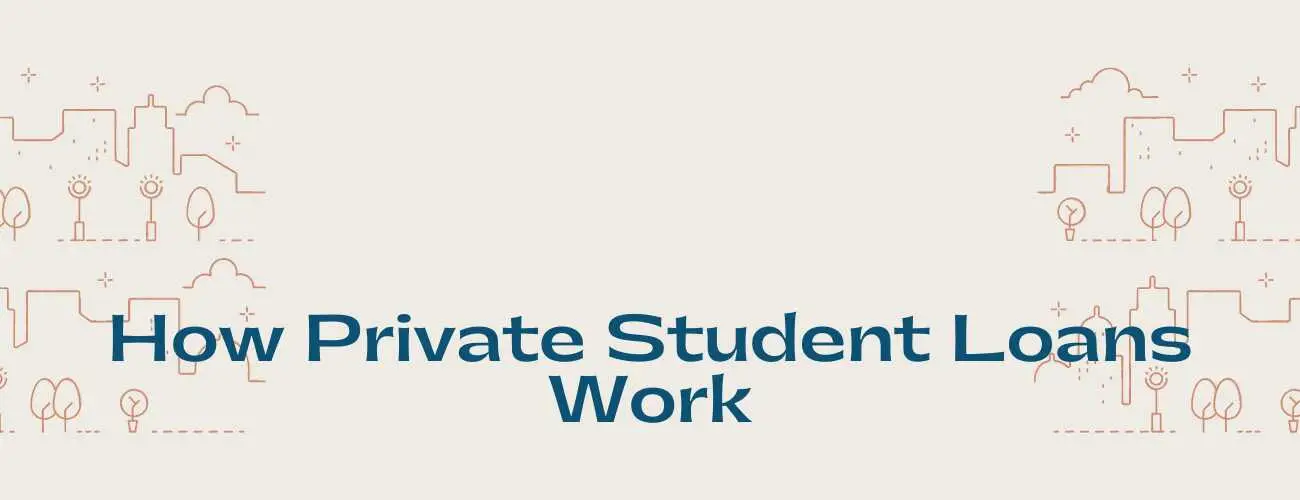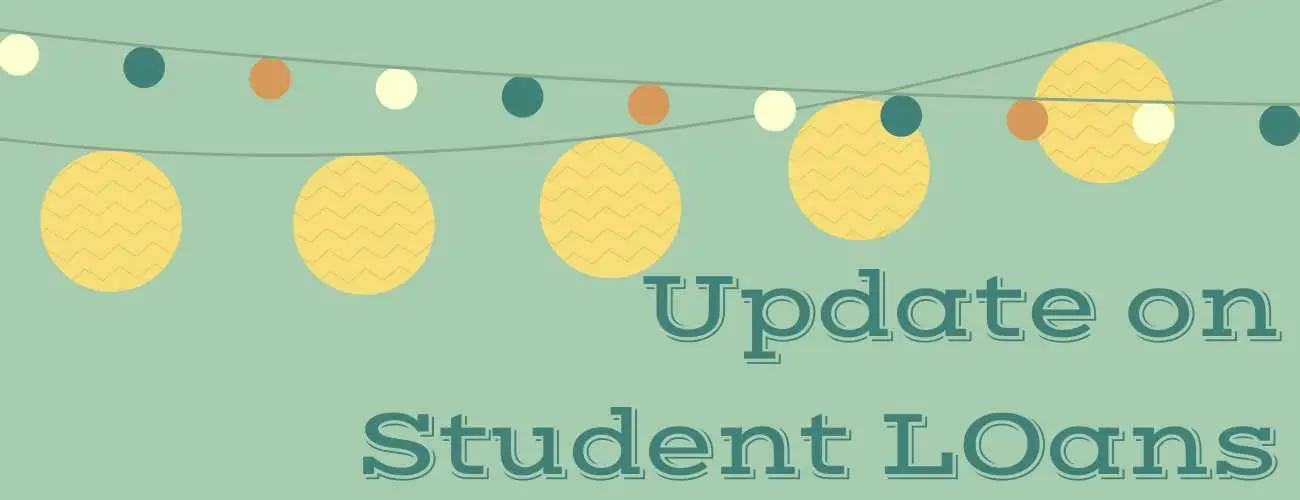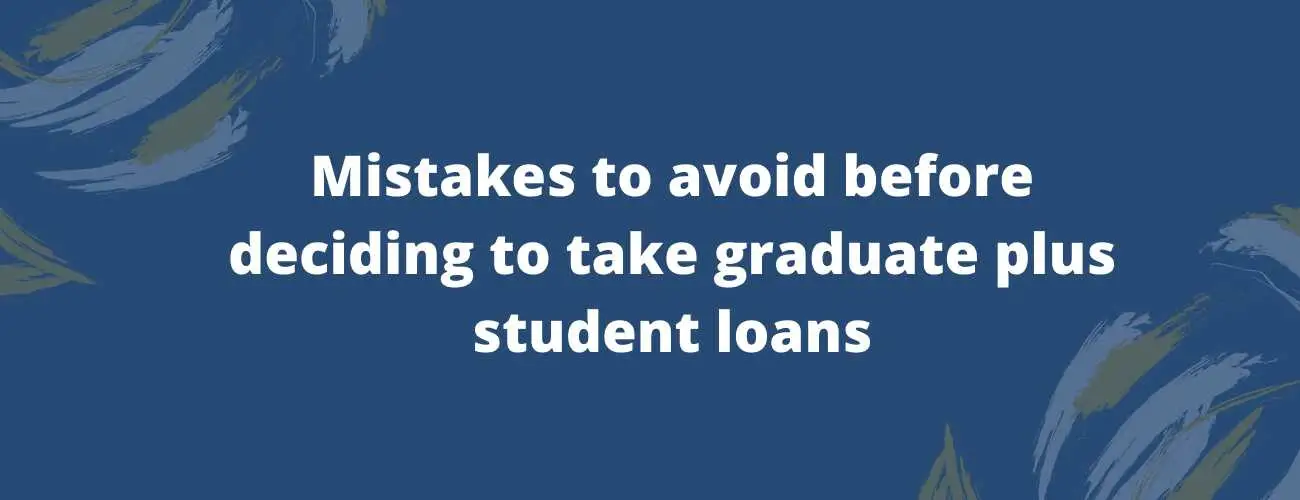How To Avoid Tax Return Garnishment?
Learn about how could avoid student loan tax return garnishment. Includes details on when your returns can be garnished, how to stop the government from garnishing, what happens when your refunds are garnished, how to avoid garnishment and how to fill out the tax offset hardship refund request form.
Updated by B Harshitha on 23rd July 2020
If you find yourself unable to repay your federal student loans, you may pause your payments temporarily until your rough patch passes by applying for a deferment. Federal student loans also have very flexible repayment options. But if you unfortunately end up defaulting on your federal student loans, your lender has all the rights to take your state and federal tax refunds. One piece of good news is that it is possible to stop student loan tax garnishment. But it will require quick action on your end and you must have a good reason. The reason could be that either the debt isn’t yours or you are taking active measures to repay it.
After your refund has been garnished, you can still contact your loan holder to see if it will return some or all of the money to you. Loan holders have different standards for reversing garnishment, but you’ll likely have to start making payments again to get them to act.
Learn more about how student loans work in order to understand how student loan repayments work in order to do your best to avoid tax garnishment. You can also put in some work to understand how different student loan servicers work to understand how they deal with defaulting student loans.
TABLE OF CONTENTS
- When will my taxes be garnished?
- Can the government garnish all your tax refunds?
- How to stop the government from garnishing your tax refunds for your federal student loans?
- What happens when student loans take your tax refund?
- How to avoid student loans from garnishing your tax refunds?
- How to fill out the tax offset hardship refund request form?
- Other types of tax offsets
- Bottom Line..
When will my taxes be garnished?
Your tax refunds will not be garnished for no reason. One or more federal student loans must be in default for the government to garnish your tax refunds. If you fail to repay your federal student loans up to 270 days, your loans will enter a state of default. Note that private student loans are not eligible for tax refund garnishment, regardless of their state.
Your loan holder will refer your account to the Treasury Offset Program, or TOP. You will receive a letter from your federal student loan servicer stating the same. This program is a part of the U.S. Department of the Treasury. It is responsible for taking federal payments to make up for delinquent debts that people owe to government agencies, such as default student loans and unpaid child support.
In order to give you some time so you can take action, a tax offset notice will be sent to you by your lender. This will arrive a few months before your tax time. You will be contacted by the Treasury Department after the offset.
It is important for your loan lender to have up-to-date details of yours. They must be able to contact you at any time. To know who holds your loans, log in to your account at studentaid.gov.
Can the government garnish all your tax refunds?
The Treasury Offset Program will garnish the entirety of your tax return if you owe that much or more in your student loans. For example, if what you owe is $1,000 and your tax return is $900, the entire amount can be garnished. However, if you owe less than your return, the remainder will be given back to you. For example, if what you owe is only $500 and your return is $1,000, the remaining $500 will be returned back to you after your debt is covered.
How to stop the government from garnishing your tax refunds for your federal student loans?
The following are some scenarios when you can challenge the government for garnishing your tax returns.
-
Either a part or the entirety of your loan must have been repaid. You should receive your full tax refund if you have already fully repaid the student loan. Check the amount stated on your offset notice and verify. You will have to produce copies of payment receipts, checks or money orders used for making repayments.
-
You do not owe any debt to the government, or yours is a case where your student loan was discharged due to bankruptcy or total and permanent disability or school fraud. Copies of your completed loan discharge applications or court documents and discharge orders will have to be produced. You could be a victim of identity theft if you receive offset notices despite never having taken out a student loan before.
-
If you have made a formal agreement with your student loan lender about making payments and/or made your payments within 65 days of receiving the notice, hold on to copies of the agreement. Also provide copies of checks, money orders, receipts of repayment, etc. You should receive your refund if your been sticking to the agreement.
-
If you are enduring financial hardship, remember that different student loan lenders have different standards for cases for hardship. If you have had your house foreclosed or have exhausted all of your unemployment benefits, show proof for the same. A part or all of your tax refunds will be returned in that case.
Try your best to challenge the garnishment before your money is seized. You will often have the time to do so before your refunds are actually garnished, too. Take the following steps:
-
Ask for a copy of your loan file. You have to do this within 20 days of receiving the offset notice. Request for the copy in writing and send it via certified mail for documentation purposes.
-
You may challenge the offset if you think it is incorrect. The reasons may be any one of the scenarios mentioned above. This challenge must be made within 15 days after making a request for the loan file or 65 days after receiving the offset notice, whichever comes first.
-
You may contact your student loan provider or the Department of Education and establish a payment arrangement. You may be able to avoid offset if you can save your loan from defaulting or get current on your loan.
-
Adjust your withholdings on your W2s. This ensures that you have less tied up on tax refunds and receive more in your paychecks. This way, you lose less if you are unable to save your loan or remedy it from defaulting before the next tax refund.
You could contact the BFS’s call center at 800-304-3107 to challenge your tax offset. Talk to your student loan servicer to know more about how to challenge your garnishment.
What happens when student loans take your tax refund?
Garnishment is the process where a part or all of your tax refunds are seized to pay for your student debt. The student loan lender must approach or go through the Treasury Offset Program to garnish your refunds. The program will review the request and send funds from your refunds towards repayment of your student loan. Defaulting on your student loan can have many consequences.
How to avoid student loans from garnishing your tax refunds?
The following are some ways you may be able to avoid tax refund garnishment. The key is to keep up with your federal student loan repayments:
-
Keep up with your federal student loan repayments: It is necessary for you to make repayments on time is avoid default, and eventually tax offset. You could sign up for autopay through your lender where a part of your monthly income will be taken as repayment. What’s more? It also comes with a 0.25% interest rate discount. Make some sort of a schedule of repayments or a budget and stick to it if you have trouble keeping up with all your funds and repayments.
-
Keep in touch with your lender/servicer: Your servicers can help you stay current on all your student loans. They can give you ideas to do the same. Reach out to their customer service if you are struggling with repayments.
-
Apply for deferment or forbearance: If you are short on funds, know that federal student loans come with plenty of options to pause your student loan repayments in order to avoid default. This can be helpful if you’re going back to school, are going on active military duty, recently lost a job or are going through a short period where money is tight.
-
Change repayment plans: If you are struggling to repay your student loans under your current repayment plan, you might want to consider changing your repayment plan. Federal student loans come with a range of repayment options, including some very helpful income-driven repayment plans based on how much you earn to ensure your repayments are an amount that you can actually afford.
-
Consider consolidation: If you have already defaulted on your federal student loans, you can apply for a federal Direct Consolidation Loan. This means taking out a new student loan to fully pay off your current ones, including these you’ve defaulted on. You will have the liberty to choose a new repayment plan, servicer and even get an interest rate that’s a weighted average of the rates you already have.
-
Get student loan rehabilitation: Applying for a student loan rehabilitation is another way to get out of student loan default. This involves agreeing to make 9 repayments over 10 months that are no more than 20 days late. Your repayments will depend on your income.
It is important to take action before the Treasury offset goes into effect, as the loan servicer can also begin to garnish your wages and even hold back money from your Social Security benefits.
How to fill out the tax offset hardship refund request form?
You may be eligible for an exemption from a tax offset if you are under financial hardship. In that case you might want to reach out to your servicer to request for a hardship refund form to complete and submit. Know everything about the student loan tax offset hardship refund before requesting for it.The following make you eligible for a hardship refund:
-
You are out of unemployment benefits: In that case, you will have to submit a notice showing that you’re not eligible for unemployment benefits anymore, despite being unemployed.
-
You are facing foreclosure: You will have to submit a notice issued in the past three months by a court that states how much money you owe.
-
You are facing eviction: Submit an eviction notice from your rental agency from the past three months. This could also be from the mortgage holder of your building that’s signed by an official. It has to state how much you owe.
-
Your utilities have been shut off: If your utilities have been disconnected, you might want to submit a notice from your utility company that states the same. It also must show how much you owe.
-
You are homeless: In this case, your servicer might ask for a temporary address to keep in touch with you until you have permanent contact details available.
-
If you’re experiencing a tax offset because of your spouse’s debt, you may be considered an “injured spouse.” In this case, you can file an Injured Spouse Claim. Filing this complaint allows you to receive your portion of a joint tax refund.
There are certain conditions to be considered an injured spouse and they are:
-
You must have paid federal income taxes or claimed a refundable tax credit.
-
You should have filed a joint return, and you’re not responsible for the debt that created the offset.
-
You will have to provide your contact information, Social Security number and check for which type of exemption you are eligible for.
To request a refund of the tax offset, follow these steps:
-
Take a look at your notice: Go through the notice that is sent before the tax offset is in motion to get details about the tax offset. This includes where to file a request for review.
-
Locate your loan servicer: You could use the National Student Loan Data System if you’re not sure who is handling your student loan, to identify your loan servicer. The loan servicer will be your key contact throughout this process.
-
Request for the loan file: This has to be done within 20 days of receiving the tax offset notification.
-
Request for a review: If you are eligible for a refund of the tax offset under any one of the above mentioned criteria, you may issue a challenge by mailing a formal request to the address in your notification letter. This has to be submitted within 65 days after the date of the notice, or 15 days after the request to see the loan file, whichever is later.
-
Submit all necessary documentation: A notification letter displaying the amount of your tax refund, proof of your annual income and any recent bank statement has to be submitted. If you are in a financial crisis you may include that notification with your documents. You can also add a letter explaining any part of your circumstances that you think make you exempt from the tax offset.
-
Take part in a hearing: Hearings can be done over the telephone or in-person.In case of an in-person hearing, you are responsible for taking care of your own travel expenses.
-
Look to your loan servicer for their decision: Your student loan servicer is responsible for reviewing your case and going through your statement and all your documents. They will issue a decision and either refund your tax offset or inform you that your request was denied.
Chances are that despite getting approved, you still might not get your entire refund, depending on your financial situation. Bear in mind that you will only get approved for a tax offset hardship refund once.
Other types of tax offsets
The IRS lists these debts for which your tax refund could be offset:
-
Past-due child support;
-
Federal agency non-tax debts;
-
State income tax obligations; or
-
Certain unemployment compensation debts owed to a state (generally, these are debts for (1) compensation paid due to fraud, or (2) contributions owing to a state fund that weren’t paid).
Bottom Line..
If you’re married and you and your spouse file taxes jointly, you may defend your spouse’s part of the federal tax refund by submitting an injured spouse allocation form (IRS Form 8379). This form can be provided when you file your taxes or later if you weren’t aware of the offset at the time. To submit this paperwork, you may have as long as three years from the due date of your original return. The rules to prevent student loan tax garnishment for your joint tax return depend on where you live.
Losing your tax refunds is one of the consequences of defaulting on your student loans. You could get a part or all of your refunds back if you are in a financial crisis. There are also a number of steps you could take to prevent getting a notice in the first place.



93.jpg)


28.jpg)
